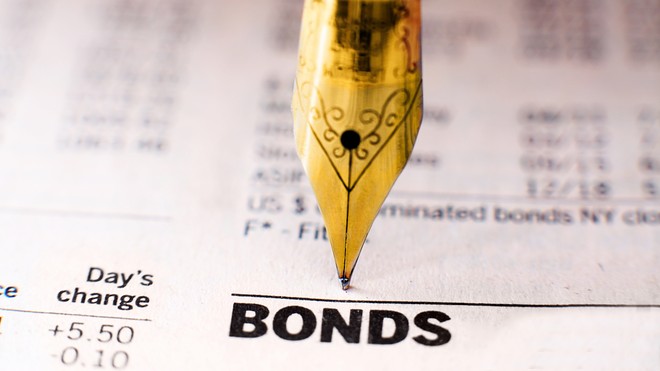
Bonds are often thought of as a safer alternative to stocks. There’s no doubt that bonds can provide great investment opportunities, but they are not 100% risk-free. If you want to generate the best returns from your bond investments, make sure you fully understand how bonds are and how you can avoid unnecessary risk.
First things first, let’s discuss the basics of investing in bonds.
What Are Bonds?
When you buy a bond, you are essentially buying debt. Bonds are what companies and governments use to borrow money. The government issues bonds in order to fund programs like infrastructure, for example, or the creation of new jobs.
The basic principle behind a bond is that you buy shares from an institution (or person) who has promised to pay back what they owe on a specific date. Interest payments are given to investors at regular intervals, and what you get back is the original sum of your investment plus any interest payments.

However, as with anything that seems too good to be true, there are also risks associated with bonds. Make sure you understand what these risks are before investing in bonds so that you can mitigate them and take full advantage of bond opportunities.
So, what are some of the risks associated with bonds? Let’s take a look.
Risks of Investing in Bonds
The first risk is that the bond issuer defaults. That means they are unable to pay what they owe in terms of interest and principal payments on time. This can happen if a company goes bankrupt, but it could also occur for other reasons such as financial distress or natural disasters. In this case, all investors will suffer losses including those who own what are called “bond funds.”
The second risk is what’s known as interest rate risk. This occurs when the market changes and rates on bonds go up or down, which can happen for a number of reasons including inflationary pressures and credit rating upgrades/downgrades. If you own a bond that has low-interest payments in an environment where rates are going up, what you get back on your investment is less. If the interest rate environment goes down and yields decrease to what they were originally when you bought a bond, this could be considered a profit for investors with low-interest bonds.
The third risk associated with investing in bonds concerns liquidity–or how easy it is to buy and sell a bond at any given time. The more liquid an investment is, the easier it is to convert what you have into cash without suffering major losses in what was originally invested. Consequently, bonds are usually less liquid than stocks because they’re traded less often on exchanges like the NYSE or NASDAQ.
The last risk is what’s known as market risk. Sometimes, the bond issuer has to repay what they owe on a specific date and there are no buyers available for bonds at that time. This could be because of events like natural disasters or unforeseen economic downturns.
So, how do you avoid risk when investing in bonds?
How to Mitigate Risk in the Bond Market
There is no way to eliminate all risk from an investment, but there are a few ways you can mitigate risk when investing in bonds.
– The first is to buy what are called “zero coupon bonds.” These types of investments do not pay regular interest payments. Instead, the investor buys a bond at what’s known as its “face value” and then cashes out when it matures. This way you get back your original investment plus what was paid in terms of inflation–since there were no periodic payments.
– Another strategy for mitigating risk is to diversify your portfolio by investing across different sectors or industries so that if one company defaults on their debt, it won’t have too much impact on the overall holding.
– It also helps minimize losses from market risks like an unexpected downturn with what are known as hedging strategies such as buying put options (or selling what are known as call options) on what is called a “bond ETF.”
– One of the most important things you can do to mitigate risk when investing in bonds is preparing for what’s known as inflation. It could be tempting to buy what used to be considered high yield investments at what might seem like low rates, but if we see higher levels of inflation over time then those returns will not keep up with the rate increase and your purchasing power will decrease–especially since there is no protection against an unexpected downturn.
Final Thoughts
Bonds are a part of any well-diversified portfolio. They can help you hedge stock market risk. Every risk-averse investor should consider adding bonds to their portfolios.
